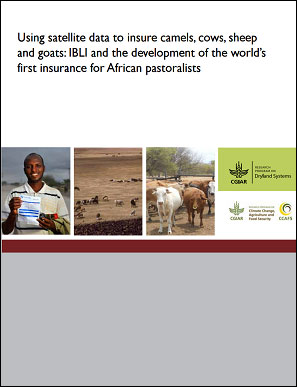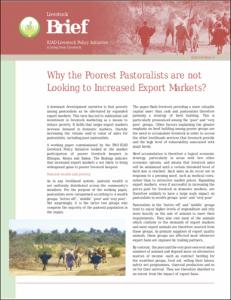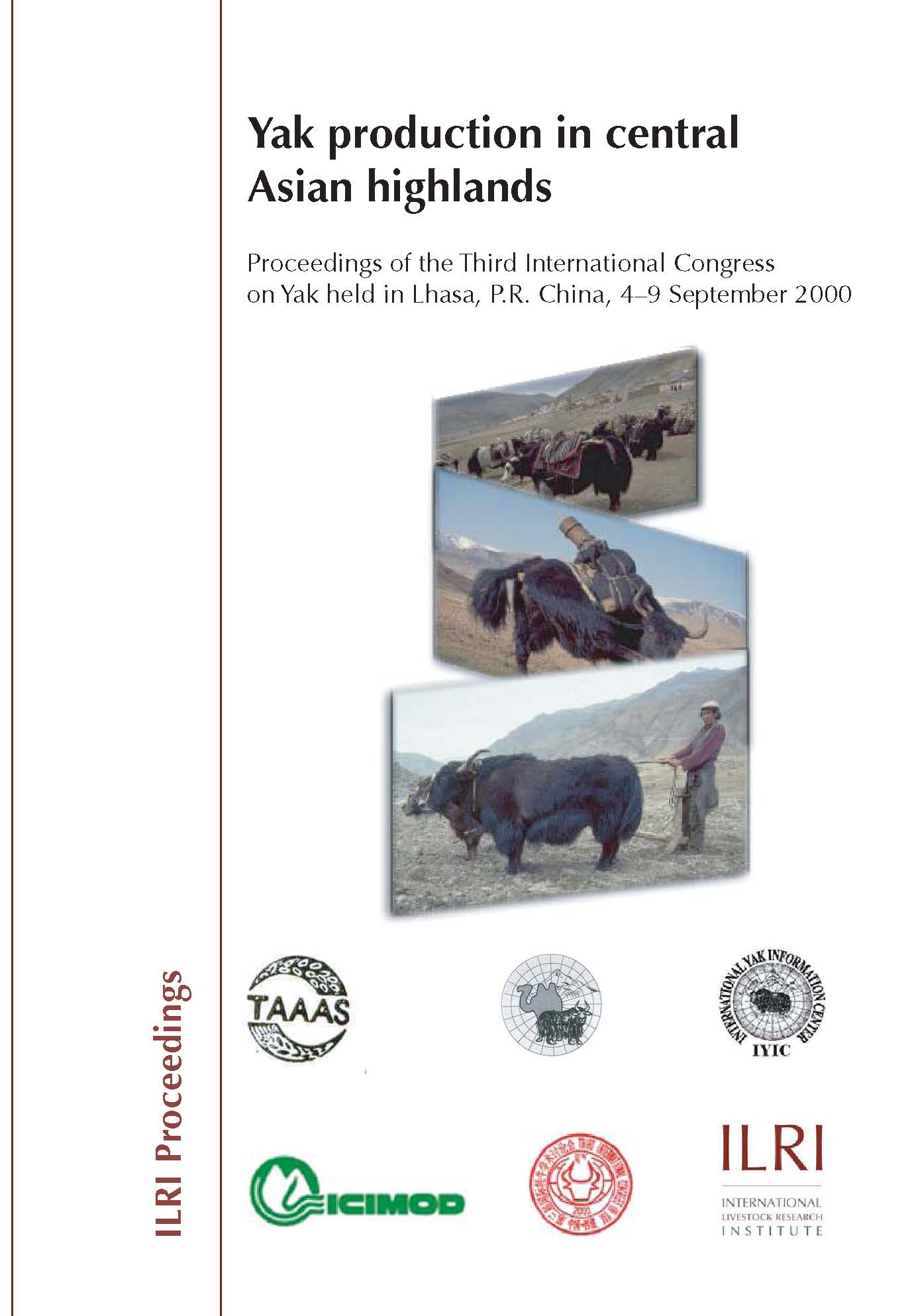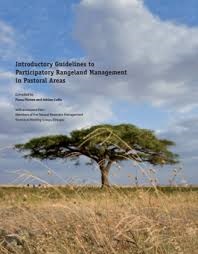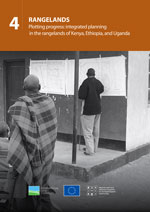Using Coupled Simulation Models to Link Pastoral Decision Making and Ecosystem Services
Historically, pastoral people were able to more freely use the services their semi-arid and arid ecosystems provide, and they adapted to changes in ways that improved their well-being. More recently, their ability to adapt has been constrained due to changes from within and from outside their communities. To compare possible responses by pastoral communities, we modeled ecosystem services and tied those services to decisions that people make at the household level.
Why keep lions instead of livestock? Assessing wildlife-tourism based payment for ecosystem services involving herders in the Maasai Mara, Kenya
This paper examines the effects of wildlife tourism-based payments for ecosystem services (PES) on poverty, wealth inequality and the livelihoods of herders in the Maasai Mara Ecosystem in south-western Kenya. It uses the case of Olare Orok Conservancy PES programme in which pastoral landowners have agreed to voluntary resettlement and exclusion of livestock grazing from their sub-divided lands. These lands are set aside for wildlife tourism, in return for direct monetary payments by a coalition of five commercial tourism operators.
Why the poorest pastoralists are not looking to increased export markets?
Wildlife numbers in Kenya’s Mara region in decline
Yak production in central Asian highlands: Proceedings of the third international congress on yak held in Lhasa, P.R. China, 4-9 September 2000
Nouveau pastoralisme marginal : Conflits, insécurité et développement dans la Corne de l’Afrique et le Sahel
Introductory Guidelines to Participatory Rangeland Management in Pastoral Areas
These guidelines introduce and promote the essential elements of participatory rangeland management (PRM). Based upon the successful experiences of participatory forest management, the guidelines provide a process following three stages of investigation, negotiation and implementation. The sequential steps of this process lead to the development of a rangeland management plan and a legally binding rangeland management agreement between a local rangeland management institution and the appropriate local government office.
Plotting progress: integrated planning in the rangelands of Kenya, Ethiopia, and Uganda
Ill advised, uncoordinated, and badly planned interventions have been blamed for continuing poverty and food insecurity in rangelands. Water interventions in particular have had negative impacts. Not only have these interventions failed to improve the livelihoods of people living there, but in many cases they have served to undermine them and the environment on which they depend. Rangeland development interventions have been sectoral in their approach.


